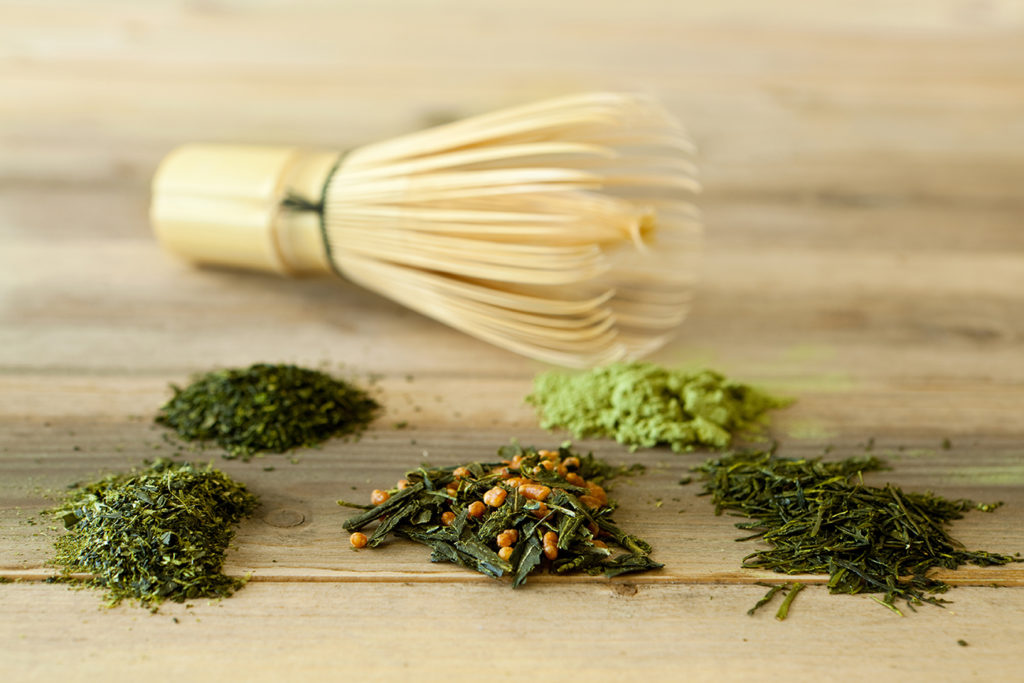
Tea in Japanese Culture
The tea ceremony or chadō has long been thought to be part and parcel of Japanese culture and tradition. Zen Buddhism is considered to be the main influence in the development of the tea ceremony. Buddhist monks initially introduced tea and its ritualistic preparations to Japan. Buddhism is a religious practice that for the most part deals with the inner self.
The general aspect of the tea ceremony involves harmony, purity, tranquility, and respect. The Japanese tradition also emphasizes simplicity and naturalness. The two combined qualities give the tea ceremony its simple and serene appearance.
By understanding the Japanese concept of “sabi” (material life) by looking at the weathered materials used in the tea room, we are reminded that physical life is but temporary and will grow old and decay.
By understanding the inevitability of “sabi”, we come to grasp the simplicity of our inner being or “wabi”, where we can grow into a state of consciousness even in this present life. The ritualistic purity of the chadō however involves an epic tale that includes murder, suicide, and political intrigue that spans centuries.
Various types of tea.
Tea not just for the elite
During the 15th century, Sen no Rikyū, considered as the historical figure with the most profound influence on the Japanese “Way of Tea”, and Murata Jukō, the founder of the Japanese tea ceremony, two of the most influential people in the history of Japan’s tea culture emerged. Murata Jukō introduced the four core values of the tea ceremony kin, a form of humble reverence; kei, a respect for the food and drink; sei, purity of both body and spirit; and jaku, a Buddhist concept that signifies calmness and freedom from desire. The values Jukō introduced was quite the opposite of how the dominating circumstance at the time was that tea was only for the socially elite for centuries. Tea-drinking subsequently began to spread to the different classes of society.
By the 16th century, Rikyū profoundly influenced the tea ceremony. He combined the Ichi-go ichi-e (“one time, one meeting”) philosophy where each individual encounter is said to be treasured as it may never happen again.
The tale turns nasty
Thus, began the argument of how tea was actually to be made. This caused a bloody debacle taking lives that eventually established Rikyū’s legacy.
Rikyū was exceptionally close to the powerful Toyotomi Hideyoshi. He basked in his lord’s full support as he went about his ideology on the ceremonial practices in preparing tea, to what we know now as “The Way of Tea”. Unbeknownst to Rikyū, Hideyoshi’s ideas on the tea ceremony had become politically motivated and was used as a means to show off his power and influence and win over noblemen and the powerful warrior class.
Rikyū remained steadfast in his beliefs that the chadō should be a display of spiritual purity and humility. Over time, the friendship of Rikyū and Hideyoshi became tense as the latter began seeing the Buddhist monk as a political obstacle.
In 1590, a dramatic turn of events occurred as one of Rikyū’s disciples was executed upon Hideyoshi’s orders. A year later, Hideyoshi this time ordered the monk to commit suicide. With characteristic selfless obedience, Rikyū obeyed his lord’s wishes. Three schools pledged to continue the monk’s teachings by observing his traditions and spreading it amongst the common folk.



